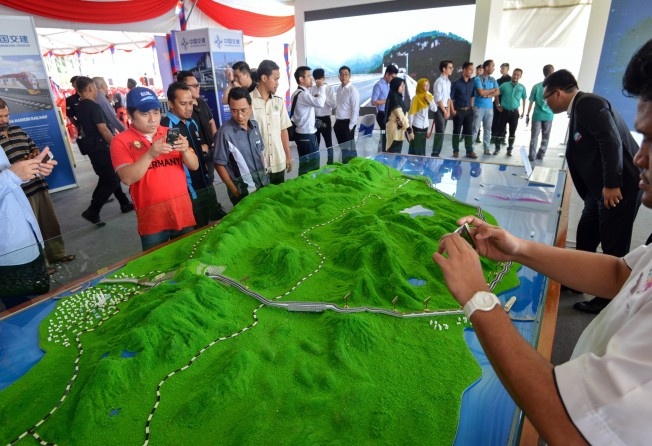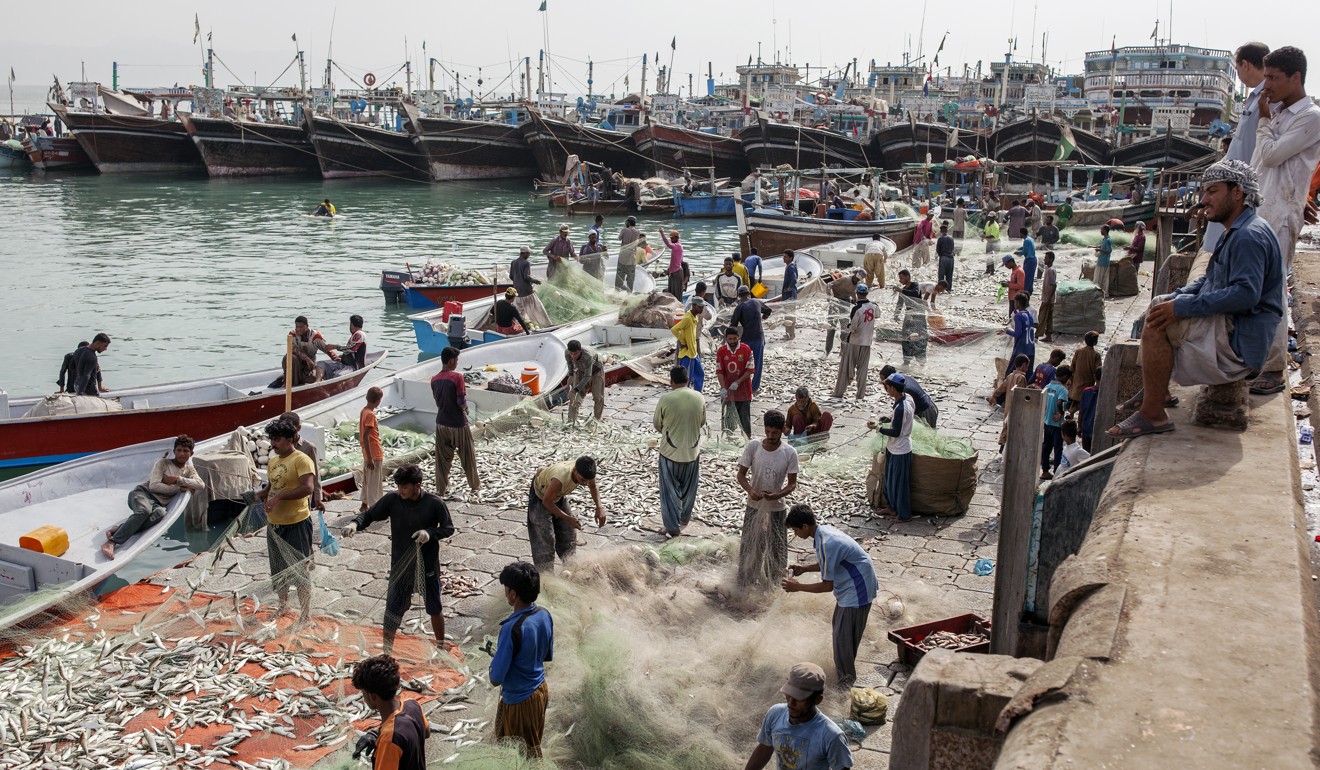China’s belt and road project can’t cover Asia’s infrastructure needs by itself, never mind the world’s
Anthony Rowley says while China’s critics fear possible debt traps, they miss the point that only Beijing is taking serious steps to meet infrastructure needs – and even that’s not enough

Critics have stressed that countries involved in the Belt and Road Initiative have incurred heavy debts to China. If only a fraction of the attention devoted to alleged shortcomings of the belt and road were directed towards the global infrastructure deficit, these critics might perceive a much bigger challenge.
China could have done a better job in explaining its vast infrastructure initiative to the outside world. Fortunately, the Organisation for Economic Cooperation and Development has produced what seems to be an objective and balanced assessment, in a report that sticks to the “economic aspects of the issue”, and which documents China’s “stated aims” without “second-[guessing] what these might be”.
The report takes as its starting point Chinese President Xi Jinping's statement that “China will promote international cooperation … [to] build a platform for international cooperation to create new drivers of shared development”.
Infrastructure investment, as the document notes, is a key aspect of the belt and road but the initiative “is much broader in its objectives, encompassing all aspects of sustainable growth [for China] and including more balanced regional growth, the upgrading of China's industry and greener growth at home”.
All this involves six land and maritime development “corridors” to be built in East, Southeast, South and Central Asia, as well as in the Middle East and North Africa, extending also to Europe and even parts of Latin America. Yet, the belt and road cannot begin to match the infrastructure investment needs even of Asia.
Belt and road projects should add over US$1 trillion of outward funding for foreign infrastructure over the 10-year period from 2017. This will come from China's Silk Road Fund and from state-directed development and commercial banks in China, the OECD suggests.
Such sums pale next to estimated total infrastructure spending needs. These have been put by the Asian Development Bank at US$26 trillion through to 2030 in Asia alone, with the expected cumulative global deficit on infrastructure spending at US$5.2 trillion between now and 2030.
The world, according to the OECD report, “has a large infrastructure gap constraining trade, openness and future prosperity”. Yet while the belt and road is by far the boldest single initiative aimed to closing this gap, critics tend to focus more on its perceived shortcomings.
The Chinese initiative is facing growing resistance from a number of Asian countries, from Sri Lanka to Malaysia, and from rival initiatives like the US-Japan led Indo-Pacific Business Forum, as well as from prospective funding constraints within China itself.
China ploughs billions into Africa
Perhaps the biggest potential obstacle to the belt and road is the lack of representation among the countries involved. It is overseen by an official “leading group” in China and hosted by the National Development and Reform Commission, which coordinates a number of Chinese ministries and other state agencies.
Unlike China's Asian Infrastructure Investment Bank, the belt and road does not have shareholders or voting rights. It is based mainly on bilateral agreements between China and other nations. The OECD suggests ways to strengthen this framework via “OECD instruments and codes that can help China and [belt and road]-participating economies gain better integration within the world economy”.
Chinese projects are debt-funded, often in difficult environments, and financial struggles may result. The cumulative value of troubled assets from Chinese overseas investment since 2005 has reached US$370 billion, the OECD suggests. (Cases where China is said to urge borrowers to accept large loans to convert these to equity in strategic assets are not mentioned).
Perhaps a bigger concern in the context of the overall infrastructure funding deficit is that China is beginning to restrict expansion of credit and reduce levels of indebtedness in its domestic economy. This will mean, the OECD says, that China “ will run into constraints on its ability to fund the huge needs of participating economies”.

Other problems are acknowledged. One is the quality of Chinese infrastructure projects. Projects in China generally are completed with less time overruns than in advanced economies. This is “associated with trading off quality, safety and social equity and the environment”.
Moving basic industries out of China into countries along belt and road routes while China focuses on more advanced technologies could give rise to a growing problem of production overcapacity in the world as a whole. Another key challenge will be how to integrate state-led models of development, such as China's and Vietnam's, with more capitalist models.
This could be the “sting in the tail” of the OECD analysis. “As living standards rise”, it says, “history teaches that the role of markets becomes more important in allocation decisions. Property rights, competition, level playing fields and sound governance based on voice and accountability have helped to manage the transition.”
Such reforms, it is suggested, are “likely to become necessary in belt and road-participating economies and moving in this direction will encourage more funding from advanced economies and from multilateral lending institutions”.
This message is likely to resonate increasingly within a China facing funding constraints on its belt and road ambitions.
Anthony Rowley is a veteran journalist specialising in Asian economic and financial affairs